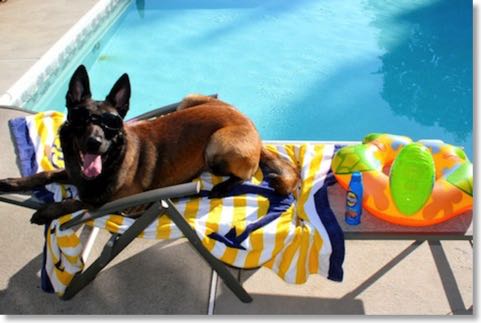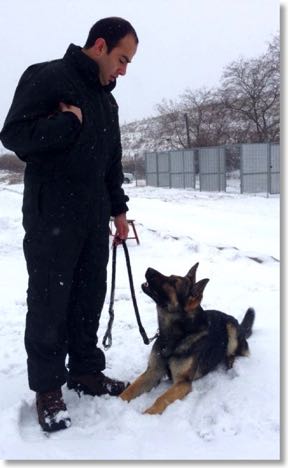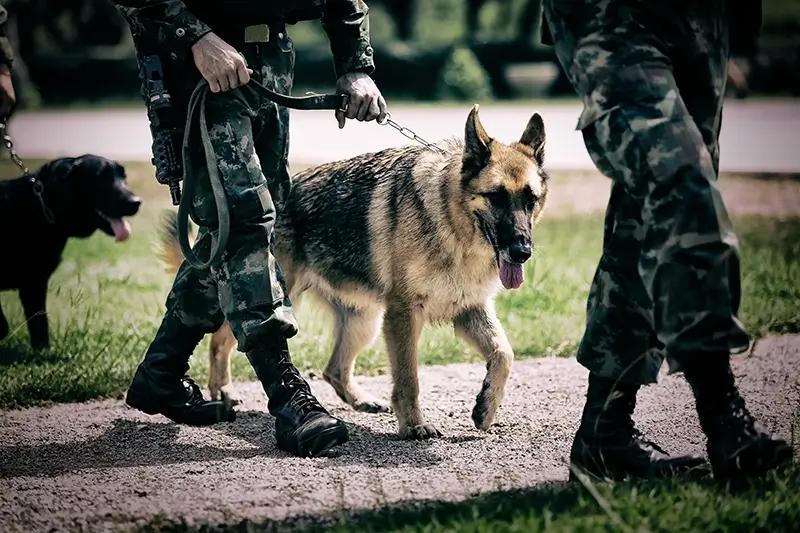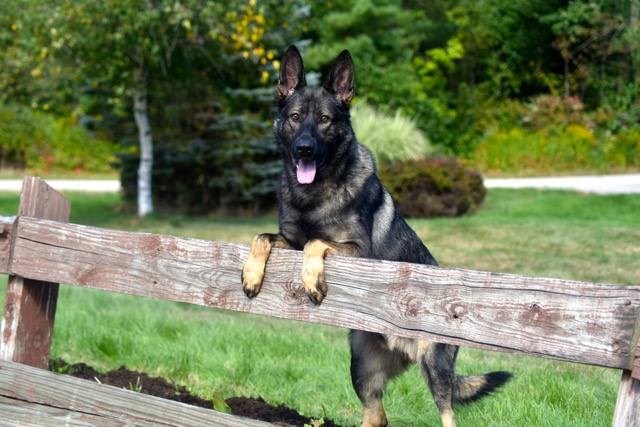Don’t Let an Aggressive Guard Dog In!
The best family protection dogs are friendly, not aggressive!
Countless people, often times children, become victims of severely disfiguring and traumatic dog bites from aggressive guard dogs. How do aggressive guard dogs differ from true personal protection dogs? Aggressive guard dogs are chosen for their ability to intimidate people, usually based on the dog’s aggressive reactions such as barking and showing teeth to human beings. These dogs are not stable, nor have they been given much (if any) formal training. While a dog with aggression issues might be a good way to scare away wanted or unwanted visitors, they will also be a liability and nuisance around the home. They lack the correct characteristics like proper temperament, socialization, genetics and training to make them functional protection dogs. Aggressive guard dogs are unpredictable and dangerous.
Why do people buy these kinds of guard dogs? Unfortunately, it’s much easier and cheaper to find a dog with the characteristics of an aggressive guard dog. Those who sell these types of dogs make a quick sale and aren’t concerned with how the dog will integrate into a family’s home. The dog’s energy level probably won’t match the buyer, and the dog won’t really do what it is expected to do. Dog aggression issues are often rooted in fear and insecurity. By contrast, our trained protection dogs are immensely confident and can back up their barking with skilled protection techniques. These dogs are better at making their owners and neighbors uneasy than they are of actually stopping a crime.
True professionals sell fully trained protection dogs that demonstrate the balance between protectiveness and companionship. Our dogs are social, well behaved, controlled, predictable, and only display aggression when it is asked of them. Once we’ve crafted a protection dog with these qualities, we turn our attention to the matching process. We find the dog that is right for each family situation and lifestyle, and these clients take delivery of a protector that they can feel excited to have around. Watch the delivery of Hans, a sable German Shepherd that we delivered to a family in Idaho. See the difference between an aggressive guard dog and a fully trained protection dog like Hans.
If you’re looking for a family guard dog, do your research. Learn as much as you can and talk to different people to get an idea of what you are looking for and what is available to you. Once you have narrowed down your list of sellers, write down any and all questions you have and contact each seller. Ask to see their training facility and speak to references. Anyone can put a website online and sell “personal protection dogs,” but offering a legitimate security solution is something else entirely. Find out which sellers are out to make a quick buck and which ones have the resources, facilities, equipment and experience to train these dogs.
At Protection Dogs Plus, we always encourage our clients to do their research. Our clients tend to be well informed- generally they’ve already been talking to 5 or more other protection dog trainers before discovering us. We show them our training facility, they get to meet our dogs, and they get to see the training first hand. Our dogs are backed by a full contract and warranty to ensure that you are not stuck with a dog you’re not happy with. We’re not a fly-by-night operation. We care about our clients, we care about our reputation and we care about our protection dogs. Once you’ve done other research, see our trained protection dogs for sale and contact us.



